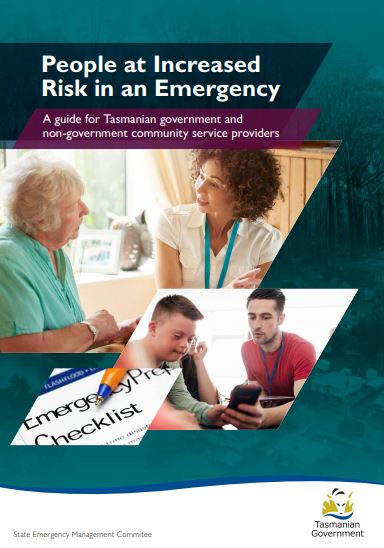Everyone understands the disaster risks affecting them

Tasmanian Disaster resilience in context
Nationally and internationally emergency management is focusing more on proactively preventing and mitigating risk and preparedness so that we need to rely less on re-actively responding and supporting recovery. The approach taken in Tasmania is in line with international and national frameworks and standards of best practice.
Sendai Framework for disaster risk reduction
Australia has signed up to the United Nation’s Sendai Framework for Disaster Risk Reduction. The Sendai Framework sits alongside the Paris Agreement on Climate Change and the Sustainable Goals for Development. These three international agreements are closely intertwined. They enable nations to constructively work together for everybody’s safety and well-being in the face of disaster, climate change and other disruptions.
The Sendai Framework replaced the Hyogo Agreement, which focused on preparedness for emergencies. The Sendai Framework recognises that preparedness is important but moves the focus to proactively reducing disaster risks so disasters are less likely to occur, and when they do occur, they have less impact.
The Tasmanian Disaster Resilience Strategy provides the framework for this to happen in Tasmania. National frameworks, such as the National Strategy for Disaster Resilience (NSDR) and the National Disaster Risk Reduction Framework, reflect this move towards focusing on risk reduction.
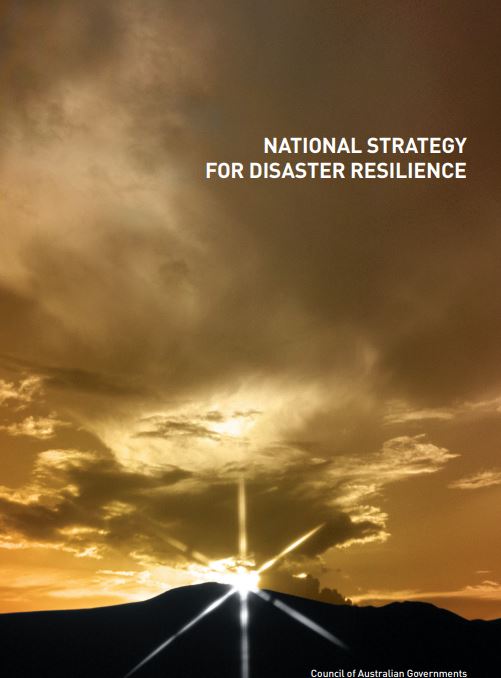
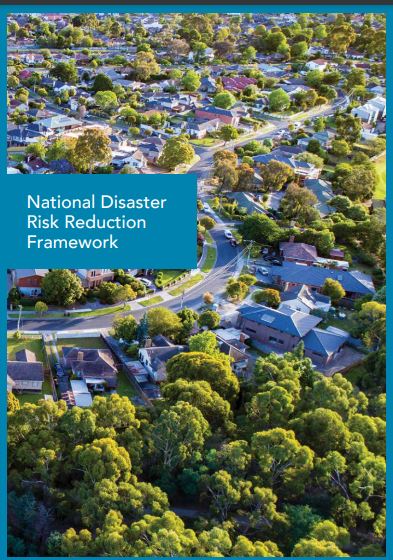
- Understanding risk
- Governance – working collaboratively to manage risk
- Reducing risks where possible – investing in risk reduction measures
- Preparedness- recognising that it is impossible to eliminate all risks.
- Shared and defined responsibilities
- Reducing risk is everybody’s business
- Action must be integrated
- Inclusive engagement
- Continual improvement
- Data-driven decision-making
- Leadership commitment at all levels.
Tasmania’s Disaster Resilience Strategy 2020-2025
Tasmania’s Disaster Resilience Strategy 2020-2025 is closely aligned to the United Nation’s Sendai Framework is basically the local implementation of the Sendai Framework, simplified to focus on key areas relevant to Tasmania. Disaster resilience underpins the whole PPRR spectrum for emergency management. However, in line with national and international frameworks, the primary focus is on risk reduction and preparedness. The Strategy aims to identify and address gaps, barriers or issues from a whole of system perspective to form detailed priorities to implement the Sendai Framework and the National Strategy for Disaster Resilience (NSDR) and the National Disaster Risk Reduction Framework (NDRRF) in Tasmania.
- Disaster resilience is everybody’s business
- Disaster risk reduction should be mainstreamed into everyday normal operations.
- Building upon current initiatives to help ensure strategic alignment
- Integration between disaster resilience initiatives and prioritisation of available resourcing.
The Strategy provides a vision of what a disaster resilient Tasmania looks like, and broad strategies to pursue them
Using the best available evidence, everyone works together to reduce their disaster risk, to prepare to withstand and adapt to the impacts of disasters. There are strategies to pursue this vision. It does not comprehensively outline specific actions for the next five years because of the need to remain flexible and to enable consultative and inclusive decision-making when prioritising actions and in developing specific actions to mitigate risks.
Tasmanian government actions to implement the Strategy are outlined in the SEMC Strategic Directions Framework. This covers:
- Governance arrangements
- Annual prioritisation and planning cycles
- Mechanisms for continuous improvement.

Disaster resilience and other forms of resilience
Resilience in the face of disasters is closely connected to many other forms of resilience such as:
- Natural environment resilience –for example, topography, geology, water assets
- Social resilience –for example, norms, values, culture, social connectedness
- Human resilience –individual knowledge, skills, physical and mental health which enable them to take part in society
- Financial and physical resilience –for example, houses, roads, buildings, hospitals and financial assets supporting the economy and communities.
Often people are more disaster resilient if they are resilient in other ways. For example, those with financial means and stability are generally able to reduce risks and bounce back from a disaster.
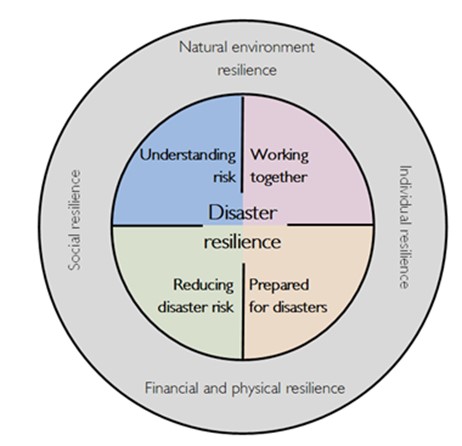
The four areas of Disaster resilience include:
Understanding risk
Working together
Reducing risk
Being prepared



Understanding disaster risk
All Tasmanians need to understand the disaster risks. This includes:
- Specialists and those in the EM Sector having access to and using detailed data, research and other information resources to reduce disaster risks and ensure Tasmania is as prepared as possible for future disasters.
- Everyone having an appreciation of the disaster risks relevant to their situation.
Specialist data and research
The Tasmanian government works with other levels of government, research organisations and others to develop and use data and research in many areas related to disaster risk reduction and preparedness. For further information see the Australian Institute of Disaster Resilience and/or the Bushfire and Natural Hazards Cooperative Research Centre and the Tasmanian Disaster Resilience Strategy.
Enabling and encouraging Tasmanians to use available risk information
Many Tasmanians are aware of the disaster risks they face, but many are not. For example, people may purchase property without understanding the historic or emerging risks associated with that property. Tasmania’s EM Sector supports people to understand their disaster risks through:
- Access to practical and fit-for-purpose information meeting the diverse needs of non-specialist individuals and groups
- Public awareness campaigns
- Inclusion of risk awareness in school education and professional training
- Local and cross sectoral collaboration to help disseminate risk information.
- TasALERT, particularly
- RiskReady, where people can type in their address to see the natural hazards that impact their property
- Bushfire Ready Neighbourhoods program
- Disaster Resilience Education Tasmania
- Business Tasmanian resources for organisations
Supporting and empowering Tasmanians
Many Tasmanians have specific needs that may be a barrier to understanding or reducing their disaster risks. These specific needs can be wide-ranging and so supporting those needs also needs to be varied. Organisations providing services to specific sectors of the community are best placed to work with members of that community to explore how they can best help their clients reduce their disaster risks in ways that suit their needs. For more information see People at increased risk in an emergency: A guide for Tasmanian government and non-government community service providers.
- Mobility or other health issues
- Language or learning issues
- Lack of local knowledge or connections.
- Importantly, though they need to act on that understanding to reduce their risk.
- Tasmanians need to reduce their disaster risks based on available evidence and information
- Tasmania’s EM sector has a key role in supporting this evidence-based decision making across communities and sectors.
Scope and Rational of informed risk management
Tasmanians need to manage risks relevant to them through understanding available data and other evidence. This includes:
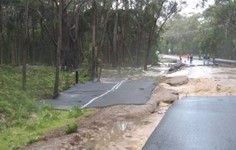
- Building everybody’s risk awareness and risk reduction knowledge through inclusive policies to suit specific needs and address people’s vulnerability, capacity and exposure to risk
- Incorporating disaster risk awareness and risk management knowledge into formal and non-formal education, professional development and other training
- Applying risk information to reduce disaster risks
- Local collaboration to help disseminate risk information.
Scope and Rational of informed risk management flow chart



